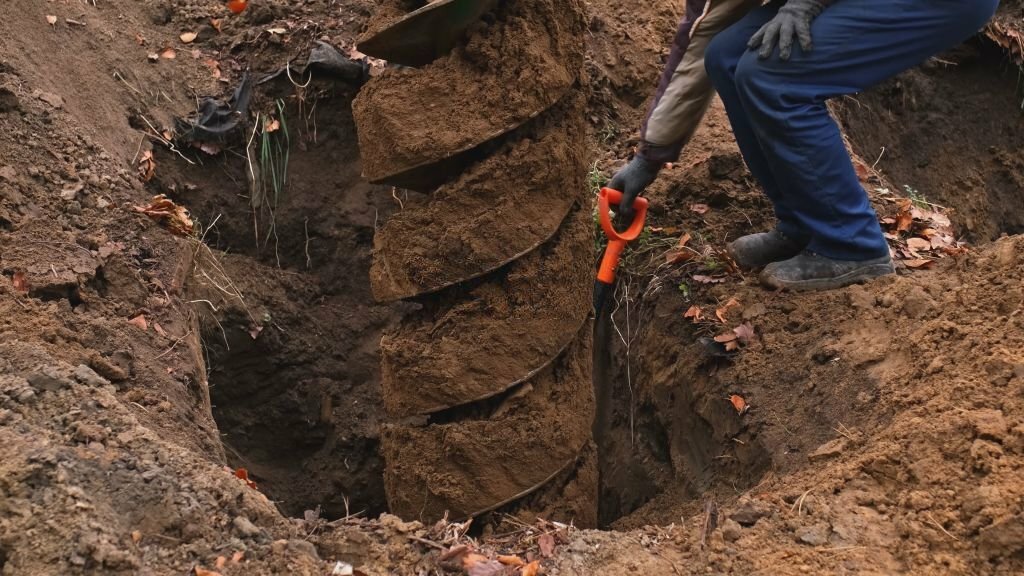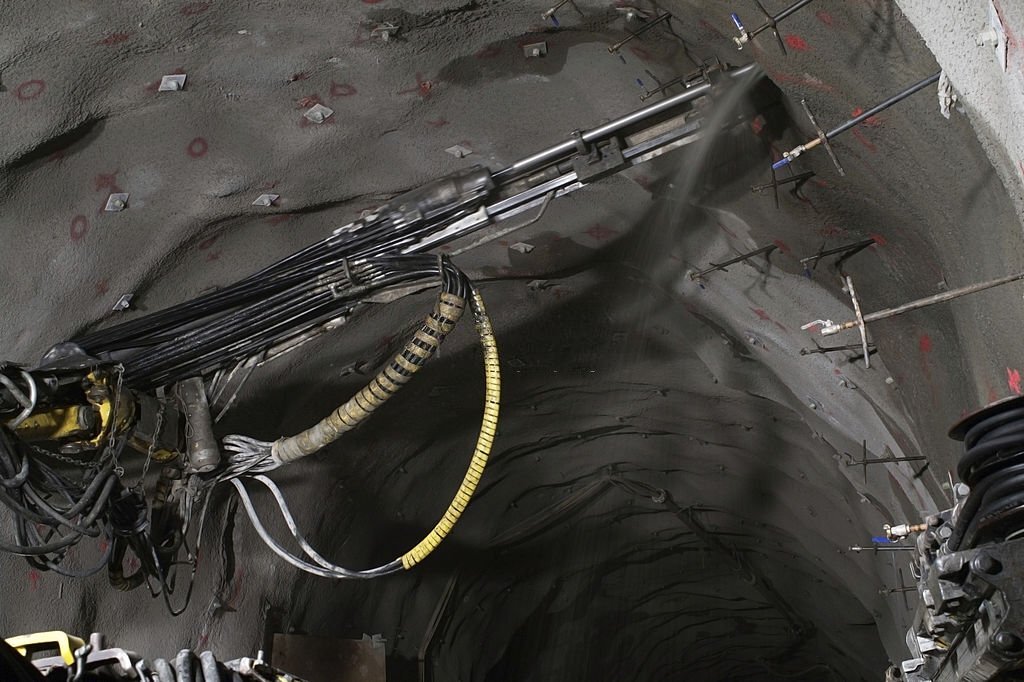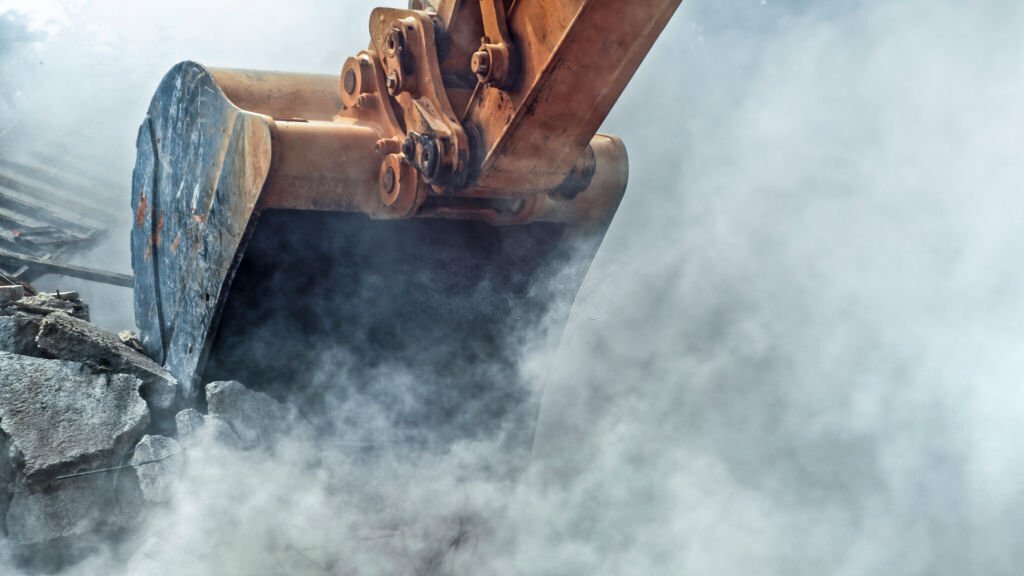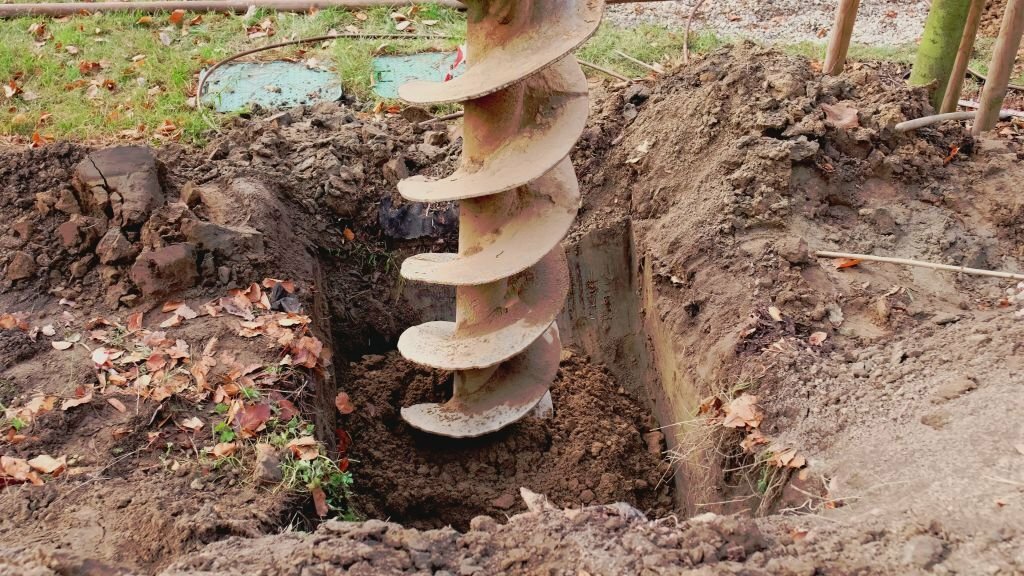
Introduction:
Within the dynamic tapestry of heavy equipment operations, mining drills stand as the stalwart pioneers, their relentless blades cutting through the earth’s crust to unearth precious resources. These powerful tools are the heartbeat of mining endeavors, demanding a meticulous approach to maintenance to uphold their peak efficiency. A comprehensive maintenance strategy is not just a choice; it is an imperative commitment to preserving the operational prowess and longevity of these drilling workhorses. In the pages of this article, we embark on an exploration of the common maintenance tasks intricately associated with mining drills.
By shining a light on these tasks, we unravel the essential practices that serve as the guardians of the drills’ performance. From routine checks that identify subtle signs of wear and tear to specialized care tailored for precision instruments, each maintenance task plays a crucial role in the intricate dance of sustaining the reliability and efficiency of mining drills. In essence, this article serves as a guide to fortify the backbone of heavy equipment operations, ensuring that mining drills continue to carve a path through the earth with unwavering precision and durability.
Routine Inspections:

At the core of a robust maintenance regimen for mining drills lies the foundational practice of routine inspections. These regular checks are the vigilant guardians that safeguard the operational integrity of these powerful drilling machines. Delving into critical components such as drill bits, hydraulics, and lubrication systems, these inspections are paramount for the early detection of wear and tear. This proactive approach is akin to a preemptive strike against potential complications, preventing minor issues from snowballing into major setbacks. The significance of these inspections goes beyond mere oversight; it is a strategic investment in the uninterrupted flow of drilling operations.
By identifying subtle signs of deterioration in drill bits, addressing hydraulic inefficiencies, and ensuring the optimal lubrication of moving parts, operators and maintenance personnel lay the groundwork for sustained efficiency. In the intricate world of mining drill maintenance, routine inspections become the diagnostic tools that unveil potential challenges before they compromise the drill’s performance. This commitment to vigilance not only preserves the longevity of critical components but also acts as a catalyst for a seamless and uninterrupted drilling experience, contributing significantly to the overall success of mining operations.
Drill Bit Maintenance:

In the intricate dance of mining operations, drill bits emerge as the unsung heroes, serving as the direct interface between the formidable mining drill and the unyielding rock beneath. Their role is pivotal, demanding meticulous care to ensure the sustained efficiency of drilling endeavors. Regular inspection and the timely replacement of worn or damaged drill bits stand as imperatives in the realm of mining drill maintenance. These small yet mighty components bear the brunt of the demanding geological conditions, and their optimal condition directly correlates with the overall performance of the mining drill.
Proper alignment and sharpness of the drill bits are critical elements in this maintenance endeavor. Misaligned or dull bits not only compromise drilling efficiency but can also lead to increased wear on the entire drill assembly. Precision in alignment ensures that the drill penetrates the rock with accuracy, while sharp bits minimize the resistance encountered during drilling, enhancing the overall effectiveness of the operation. The commitment to the care of these seemingly modest components transcends routine maintenance; it becomes a strategic investment in the longevity and productivity of the mining drill, solidifying the foundation for successful and efficient resource extraction.
Hydraulic System Checks:

At the heart of mining drill operations lies the hydraulic system, an unsung hero that propels the immense force driving these formidable machines. The imperative nature of its maintenance unfolds through a meticulous series of regular checks focusing on hydraulic fluid levels, hoses, and seals. These inspections are not a mere protocol; they are crucial in ensuring the seamless and powerful functioning of the hydraulic system, which is fundamental to the overall efficacy of mining drills.
Hydraulic fluid levels stand as a barometer of the system’s health, necessitating vigilant monitoring to ensure optimal lubrication and cooling. A dip in fluid levels could compromise the efficiency of the hydraulic system, potentially leading to a reduction in drilling power. The vulnerability of hoses and seals to wear and tear is another aspect that demands attention. Identifying and rectifying any leaks or inefficiencies in the hydraulic system is paramount, as these issues can reverberate into a tangible impact on productivity.
Timely and thorough maintenance becomes the key to enhancing the reliability of the drill’s hydraulic components. By addressing potential issues before they escalate, operators ensure that the hydraulic system remains a steadfast powerhouse, contributing to the sustained precision and power of mining drills as they navigate through the challenges of extracting resources from the earth.
Lubrication Maintenance:

In the demanding realms of resource extraction, mining drills stand as robust sentinels, confronting the earth’s challenges head-on. Operating in such harsh conditions, these mechanical marvels subject their intricate moving parts to substantial stress. Amidst this relentless environment, the pivotal task of regular lubrication emerges as a guardian, safeguarding the very core of these drilling machines.
Bearings, gears, and other moving components constitute the heartbeat of mining drills, orchestrating the intricate dance required for efficient drilling. The necessity for routine lubrication transcends a mere maintenance chore; it is a strategic shield against the perils of friction-induced wear. The abrasive forces at play, exacerbated by the unforgiving conditions, threaten to compromise the integrity of these essential parts. Through the act of regular lubrication, operators create a protective barrier, minimizing friction, dissipating heat, and mitigating the wear and tear that could undermine the overall efficiency of the drill.
The impact of proper lubrication extends beyond preservation; it is a commitment to the longevity of these critical components. By ensuring that bearings and gears are bathed in the nourishment of lubricants, operators not only extend the lifespan of these moving parts but also pave the way for an orchestra of smooth and efficient drilling operations. This meticulous care ensures that mining drills navigate through their challenging tasks with grace, resilience, and enduring effectiveness.
Specialized Care for Depth Gauges and Sensors:

Within the intricate design of mining drills, precision is not merely a luxury but a necessity, and this is particularly embodied in the incorporation of depth gauges and sensors. These sophisticated instruments act as the eyes and ears of the mining operation, monitoring crucial drilling parameters with unwavering accuracy. Their role in the orchestration of efficient drilling operations is pivotal, necessitating a level of care that goes beyond routine maintenance.
Specialized attention to these precision instruments becomes a linchpin in the maintenance strategy for mining drills. Regular calibration emerges as a non-negotiable practice, ensuring that the depth gauges and sensors provide accurate readings. The significance of this precision cannot be overstated, as it directly contributes to the attainment of precise drilling depths. In a realm where every meter counts, such accuracy is paramount for effective resource extraction.
Beyond just accuracy, regular checks become a preventive measure against potential deviations. Any variance in readings could signify an issue with the instruments, and timely identification and rectification ensure that mining operations proceed with minimal risk. In essence, the specialized care bestowed upon depth gauges and sensors is not just about preserving their functionality; it is about upholding the reliability and precision that are imperative for the success of mining endeavors.
Dust and Debris Management:

Mining drills, formidable in their resource extraction capabilities, operate within environments that often resemble a battleground of dust and debris. The very nature of their tasks exposes these robust machines to a relentless onslaught of particles that can infiltrate and compromise their intricate internal components. In response to these environmental challenges, effective dust and debris management emerges as indispensable guardians of the drill’s longevity and operational efficiency.
This proactive approach necessitates a meticulous regimen of regular cleaning, focusing on key elements such as air filters and ventilation systems. Air filters, acting as the first line of defense against airborne particles, require frequent attention to prevent clogging. A clogged filter not only hampers the airflow essential for cooling but also exposes internal components to the risk of overheating. Regular cleaning of ventilation systems ensures that the drill breathes freely, dissipating heat generated during operations.
Beyond the apparent benefits of preventing clogging and overheating, this proactive management strategy is a shield against the insidious damage caused by abrasive particles. The very essence of mining operations invites encounters with fine dust and debris that, if left unaddressed, can infiltrate critical components, leading to accelerated wear and tear. In embracing effective dust and debris management, operators fortify the internal resilience of mining drills, ensuring they stand unfazed against the abrasive challenges posed by their operational landscapes.
Operator Training on Monitoring and Reporting:

In the complex realm of mining drill operations, the commitment to longevity extends beyond the physical care of machinery; it encapsulates the knowledge and vigilance of the operators at the helm. Operator training emerges as an instrumental factor, weaving a narrative of operational excellence and equipment preservation. Operators, akin to the custodians of the mining drill, should not only be adept in the technical intricacies of the machinery but also well-versed in the nuances of monitoring drill performance.
The significance of this training lies in transforming operators into the first line of defense against potential issues. Beyond the routine checks and physical inspections conducted by maintenance personnel, operators are positioned as frontline observers, intimately connected to the day-to-day nuances of drill operations. By being attuned to the subtle shifts in performance and promptly reporting any abnormalities, operators become the architects of a collaborative and proactive maintenance approach.
This symbiotic relationship between the machinery and its operators is a strategic alliance that contributes to the overall health and longevity of mining drills. Empowered operators, armed with knowledge and a keen eye for deviations, create a culture where potential issues are identified and addressed swiftly. In essence, operator training becomes a cornerstone in the foundation of proactive maintenance, ensuring that the drilling operations unfold with efficiency and longevity in mind.
Best Practices for Mining Drill Maintenance

In the mining industry, the maintenance of drilling equipment and systems is imperative to ensure smooth drilling operations and enhance drilling efficiency. Proper operating procedures and adherence to safety practices are crucial, emphasizing the significance of safety equipment and the utilization of hand and power tools in the upkeep of drilling rigs. Monitoring controllable drilling parameters and optimizing drilling processes not only improves drilling performance but also reduces drilling costs, ultimately benefiting construction projects and the construction industry at large. By analyzing data and employing optimization algorithms, drilling practices can be fine-tuned, leading to enhanced drilling optimization and mechanical-specific energy management.
Furthermore, regular inspection and maintenance of hoisting equipment, drilling tools, and mud pumps contribute significantly to the longevity and performance of the drilling system. The management of drilling fluid and efficient hole cleaning mechanisms further aids in achieving seamless drilling operations, particularly in the oil industry. Understanding machine load cycles and implementing tailored maintenance strategies are instrumental in extending the lifespan of drilling systems and reducing overall maintenance costs. By prioritizing drilling maintenance and continually refining drilling techniques, the mining industry can achieve higher levels of productivity, ensuring the smooth execution of drilling operations across various construction sites and projects.
Optimizing Drill Operations and Preventing Safety Incidents
In the realm of heavy equipment and drilling activities, the prevention of safety incidents remains a top priority. Understanding the interplay of controllable parameters such as rotary speed and vibration control is pivotal, as it directly impacts the average work environment and the lifespan of drill bits. Moreover, proper care and maintenance of heavy machinery, including motor graders and centrifugal pumps, play a crucial role in ensuring the safety of operators and the smooth execution of drilling operations. Real-time data analysis aids in identifying issues related to pressurization imbalances, deposit buildups, and bit life, thereby enabling operators to make informed decisions to maximize the Rate of Penetration (ROP) and maintain operational efficiency.
By incorporating real-time optimization techniques and following conclusions drawn from comprehensive training programs, the drilling process can be streamlined to minimize safety risks. Adhering to proper inspection protocols and understanding the impact of geometric shapes and tip configurations on drilling efficiency further contribute to maintaining a safe drilling environment. With a focus on flow rates and the avoidance of issues like rough handling and operating times, the industry can ensure the well-being of workers and the smooth functioning of the drilling process, particularly in the context of gas wells and oil deposits. In essence, the comprehensive management of drilling equipment, along with an emphasis on safety protocols and operator training, is pivotal in fostering a secure and efficient construction and drilling process.
Conclusion:
In the demanding landscape of heavy equipment operations, the maintenance of mining drills is a multifaceted endeavor. From routine inspections to specialized care, each maintenance task plays a pivotal role in preserving the efficiency and durability of these indispensable tools. By incorporating these strategies into a comprehensive maintenance program, operators and industries can maximize the return on investment in mining drills, fostering a reliable and productive environment for resource extraction.

